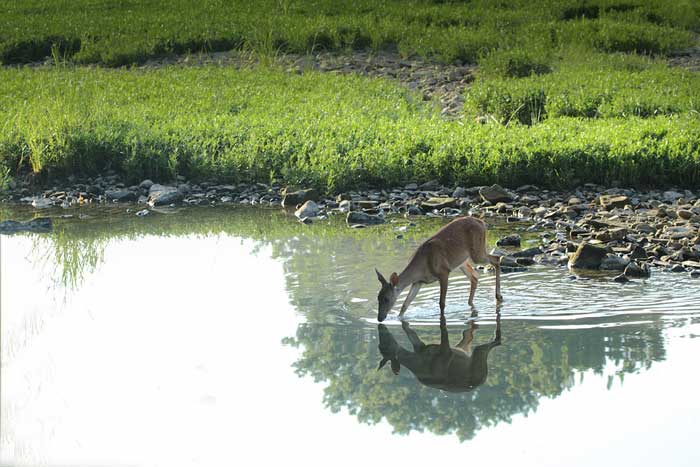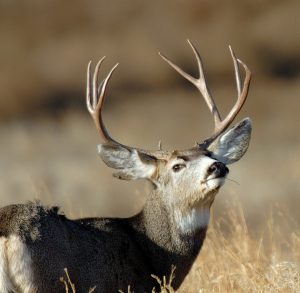As cooler fall temperatures grace much of the Bluegrass State, officials with the Kentucky Fish and Wildlife Department are optimistic that the presence of EHD in the state’s deer population is on its way out.
Bred in watering holes during the hot summer heat, tiny midge flies act as hosts to the deadly disease and transmit it to mammals such as whitetail deer. In what was referred by many as an epidemic this year in eastern Kentucky, whitetail herds were hit hard.
“It’s a disease we see in our deer herd every year. Some years it can be severe like it was this year,” Gabe Jenkins with Kentucky Fish and Wildlife told Lex18.
“It impacted the population, and our hunters can expect to see fewer deer than what there was on the landscape in July or June,” he said.
With warmer temperatures dragging on through the early fall months, the disease has affected more of the deer population than in previous years. As the season’s first frosts are scheduled to roll in, many of the insects that transmit the disease will die and should inevitably put a cap on the rate of infection.
While most of the disease should be eradicated ahead of Kentucky’s rifle season, officials are still warning hunters to be on the lookout for infected animals and do not recommend consuming the flesh of deer displaying EHD-like symptoms.




